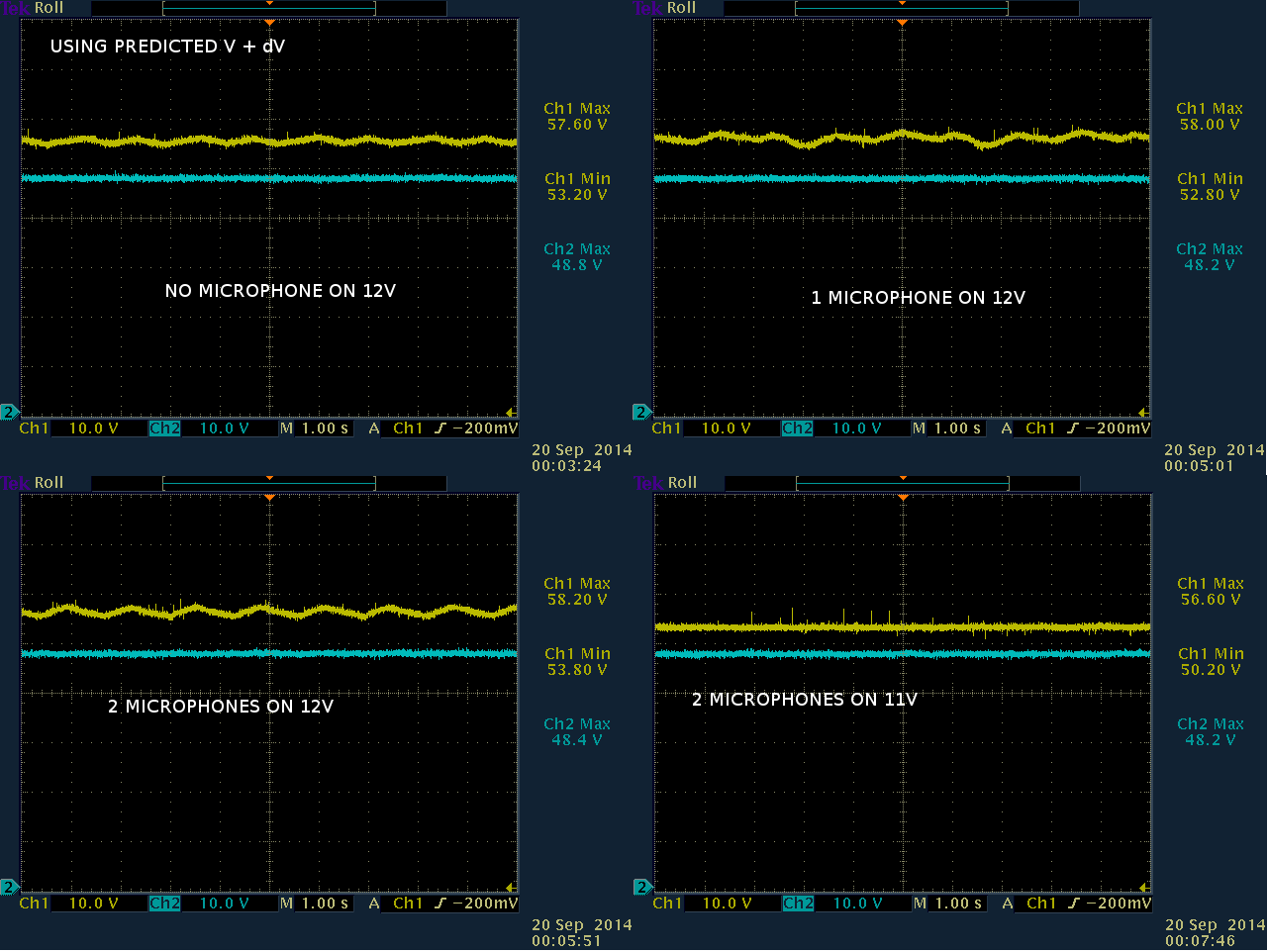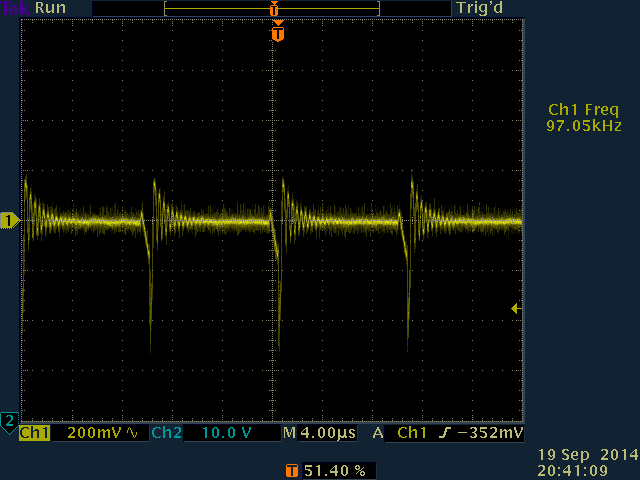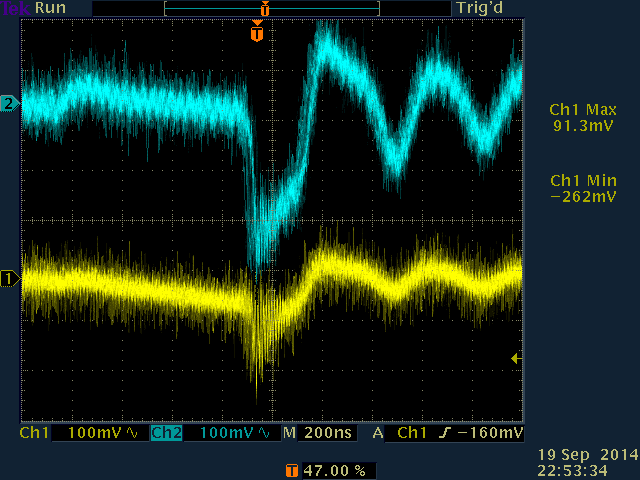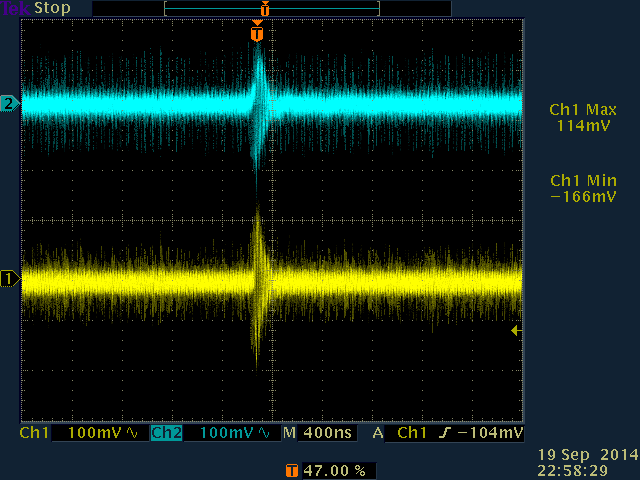Got an LM317 to last long enough to graph this.

The best control algorithm was an improvement over what was done 7 years ago. 2nd order derivatives & lead compensation were key to getting it just that stable. The problem is, to save space & power on a clock source, the smallest duty cycle increment is quite large. There's also a long feedback delay. The minimum battery voltage is 11V before it maxes out the duty cycle. Had to reduce the frequency to 80khz to get that low. The home made inductor is optimum at 60khz. At 11V, you're getting 100mV more ripple because the LM317 isn't rejecting anything.
There's a video of the booster in action, without lead compensation. Lead compensation added 1V to the floor of the 2 microphone case, but was negligible for everything else.
It would have utterly no effect on the current 96khz ADC with differential pairs, but a better solution is varying the frequency of the inductor rather than the duty cycle.
Providing 12mA to power the LM317 + 2 microphones, it uses 80mA at 12V, so 60% efficiency is achieved. The trick is the LM317 sucks 3.2mA at 48V & the PIC + LED suck 18mA at 12V. The home made inductor is 98% efficient.

The output of the preamp still had 600mV of ripple. Started to look like a ground loop. Grounded it to analog ground as well as the mane ground. Lifting the mane ground actually increased noise, but connecting both grounds actually reduced ripple slightly.

There is asymmetry in the differential pairs, with the wire closest to the debug port showing the most ripple & the wire farthest showing the least.

Minimum gain reduced the ripple on the outputs.



The final result showed it's a bee's dick quieter than the 7 year old circuit. It actually gets noisier if the phantom power is connected but turned off. The $20 mouser special wouldn't make it quieter.
There's a file of just the normalized noise from down at -77dB. It's beautiful noise.
 lion mclionhead
lion mclionhead
Discussions
Become a Hackaday.io Member
Create an account to leave a comment. Already have an account? Log In.